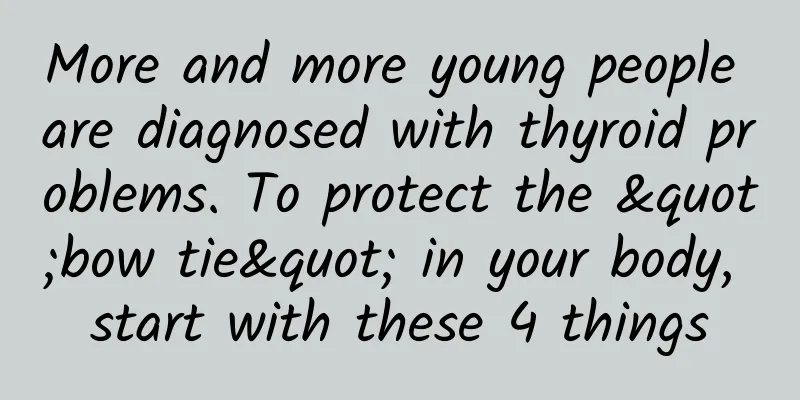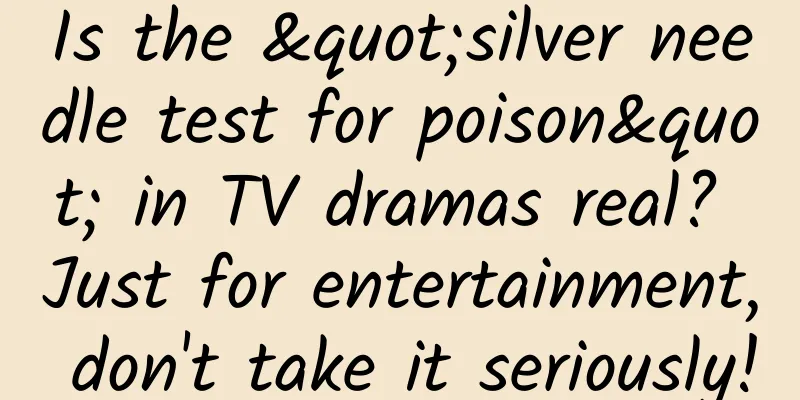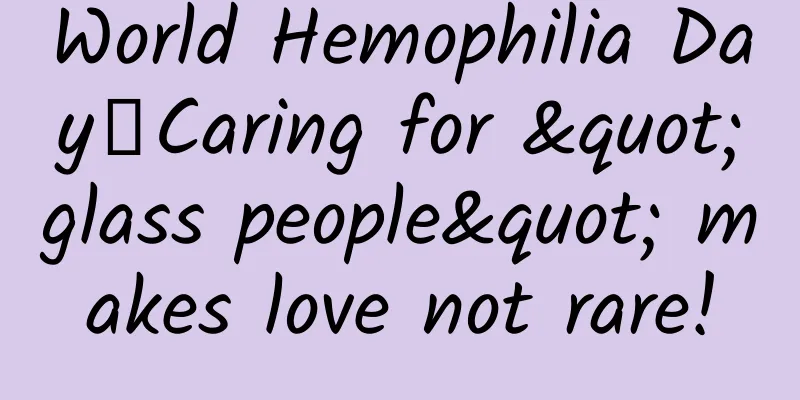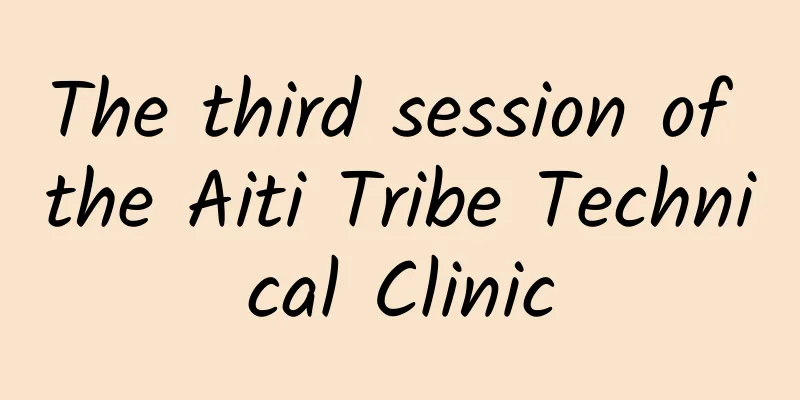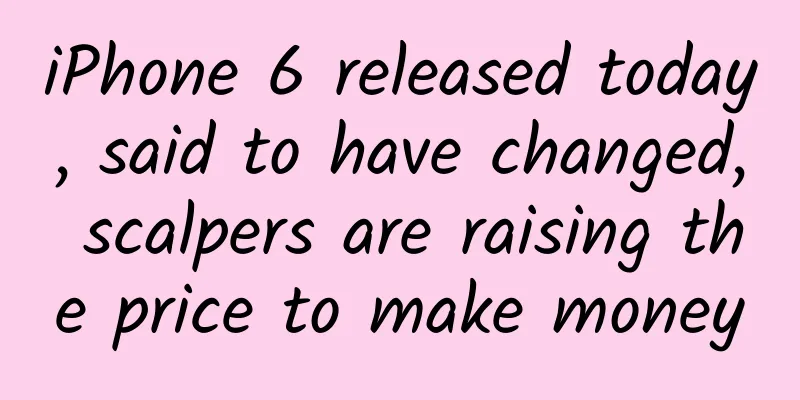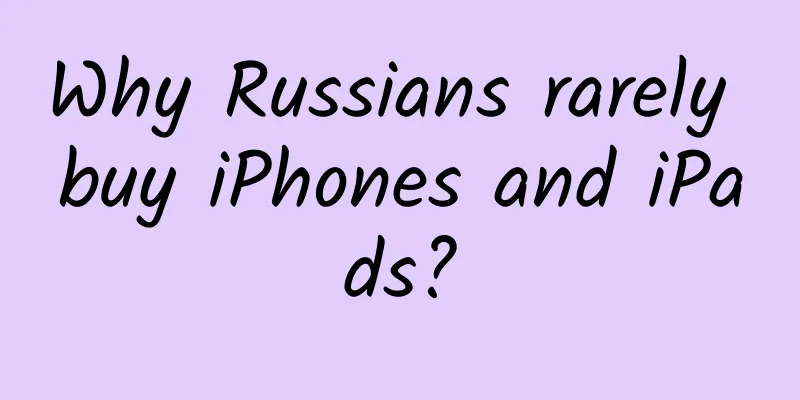Is soy sauce full of “technology and hard work”? Is “zero additives” really better?
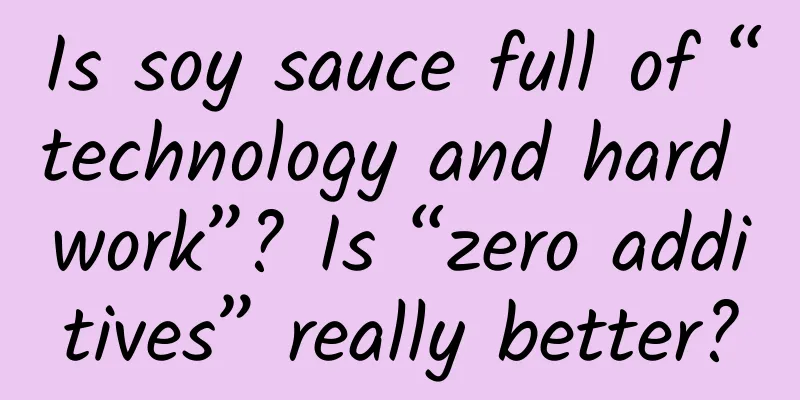
|
Recently, the food safety field has been in turmoil again, with a series of "food fraud" contents under the name of "Hextech" (the super technology in the game "League of Legends") going viral online. Among them, the problem of food additives in soy sauce products, especially the preservatives , has become the focus of everyone's attention. Some online posts claimed that the products sold by a certain soy sauce giant in China contained a large amount of food additives, while the products sold by the company abroad had "0 additives" and only contained natural ingredients such as water, soybeans, wheat, and salt, questioning whether the company was implementing "double standards." Comparison of ingredients of a soy sauce Image source: Internet On September 30, the company released a statement through its official Weibo account, saying: "Some short video accounts use the topics of 'Hextech' and 'Technology and Hard Work' to take advantage of the public's concern about food safety to create anxiety and panic ." It also stated that it also has a "delicious and inexpensive 0-additive series" of soy sauce. However, the incident did not end there. On October 4, the company responded again on its official Weibo account: “Regular food companies in all countries of the world will use food additives legally and in compliance with regulations and product characteristics, and clearly label them as required. It is a misunderstanding to simply think that foreign products have fewer food additives, or that products with additives are bad .” In response to the "soy sauce controversy" that has attracted people's attention, the China Condiment Association also issued a statement on its official website on October 5. The statement said: " There is no distinction between high and low standards... As long as food manufacturers strictly follow relevant regulations to use food additives, the products they produce are safe ." Image source: China Condiment Association official website What exactly are food additives? Are they safe? Is “zero additives” really better? How should we view food additives? Too long to read 1. Any preservatives permitted by national standards will not cause harm to health if used in a standardized manner. Blindly pursuing "no preservatives" may increase risks. Some "no preservatives" food promotions are completely misleading. 2. In the modern food industry environment, “0 additives” is basically impossible. Food additives used in a standardized manner are safe, and “0 additives” will not be safer. 3. We should look at food additives rationally. Reasonable use of food additives can not only ensure food safety, but also meet our needs for taste or nutrition. 01 What are food additives? Food additives are artificial or natural substances added to food to improve its quality, color, aroma and taste, as well as for preservation, freshness and processing needs . Food flavorings, base substances in gum-based candies, and processing aids for the food industry are also included. Copyright image, no permission to reprint Currently, there are about 2,000 food additives approved for use in my country. Any substance not listed in the "Food Additives Usage Standards" (GB2760) is not a food additive. Food additives are divided into 23 categories according to their functions. The most familiar ones are preservatives, leavening agents, spices (flavors), colorants (pigments), etc. The " food processing aids " mentioned above may not be familiar to everyone, but they are actually very commonly used. For example, enzyme preparations are processing aids. 02 Are food additives safe? "Hextech" and "technology and hard work" have made people very worried about food additives and believe that food additives are unsafe. In fact, all food additives are safe as long as they are used properly, and there has never been a case of health damage caused by the improper use of food additives. What needs to be emphasized here is "fair use"! The so-called "reasonable use" refers to the use within the scope and amount prescribed by national standards and in accordance with the principles for the use of food additives . The endless illegal and irregular incidents that we often see in the news media and on the Internet are actually illegal abuses, especially illegal additives, which have made food additives bear a lot of blame. Many of the problems exposed by "Hextech" and "Technology and Hard Work" are essentially illegal abuses. As long as the use exceeds the scope specified by the national standard, or exceeds the usage amount specified by the national standard (commonly known as exceeding the standard), or violates the principles of food additive use (such as using Sanhua evaporated milk to fake mutton soup), it is considered as illegal abuse of food additives. Image source: Guangming.com In addition, some substances are not food additives at all, but illegal additives, such as Sudan red, plasticizers, and melamine. Any use of them is illegal ; the same is true for using industrial-grade products, such as industrial gelatin in leather yogurt. Many people are also worried about the fact that there are too many types of additives in food. There is a long list of additives behind the ingredient list. Will there be any harm after so many additives are accumulated? We often see that "a certain food is found to contain more than a dozen additives", and many media also say that "long-term and large-scale intake will lead to XX serious consequences". In fact, there is no need to panic. The safety evaluation of food additives has taken into account lifelong, daily, and large-scale intake . For food additives used in accordance with the standards, the so-called "long-term and large-scale" situation does not exist and generally does not cause harm . For example, our national standards have "limit" regulations on the use of food additives. This limit is usually 100 times the safe dose for animals. As long as we eat normally, we will be far away from the amount that causes health hazards. After all, we cannot eat excessive food every day for our entire lives. Copyright image, no permission to reprint It should be emphasized that "not necessarily causing harm" does not mean that exceeding the standard can be tolerated, nor does it mean that everyone should eat food exceeding the standard. Enterprises should always use food additives reasonably in accordance with national standards. Abuse of food additives and illegal addition are illegal and should be punished accordingly, regardless of whether they cause health hazards. 03 Is it safer to have no additives or preservatives? Many consumers believe that "no preservatives" and "zero additives" are safer and better. Some businesses take the opportunity to launch many "no preservatives", "zero additives" and even "no flavors" and "no colors" foods, which not only cater to the psychology of consumers, but also save the cost of additives. The key is that they can be sold at a good price. For companies, it's really a win-win situation. Let’s talk about the “no preservatives” thing first. In fact, all preservatives allowed by national standards have undergone safety evaluations, and standardized use will not harm consumers' health . The role of preservatives is to prevent food from spoiling, otherwise some foods will spoil before leaving the factory, and may even produce toxins. For example, the sausages we buy all use preservatives - nitrites, which mainly inhibit the growth and reproduction of Clostridium botulinum , which may produce a highly toxic toxin - botulinum toxin during its growth, which is more toxic than arsenic. Therefore, the reasonable use of preservatives can actually make our food safer, or conversely, some foods that should use preservatives reasonably to ensure safety, but deliberately do not use preservatives, may increase the risk . Moreover, some "preservative-free" foods are completely misleading because they do not need to add preservatives at all. For example, honey (high in sugar), instant noodles (dry), pickled foods (high in salt), etc. are difficult for microorganisms to use and grow. The claim that these foods are "preservative-free" is purely a marketing gimmick. Copyright image, no permission to reprint As for “zero additives”, it is even more unreliable. On the one hand, it is difficult to find food that does not use any food additives in the modern food industry environment. At least it is almost impossible to not use any processing aids in the entire production process. For example, even for pure brewed soy sauce, enzyme preparations are usually used in the brewing process to improve fermentation efficiency and effects, and enzyme preparations are also managed as food additives. At present, some domestic companies have developed special enzyme preparations for brewing soy sauce according to the specific conditions of the brewing industry . Common ones include fungal α-amylase, compound protease, cellulase, phytase, pectinase, etc. This is also a new track for competition among these condiment companies. This is because enzyme preparations can not only promote the decomposition of protein and starch in the raw materials of soy sauce production and improve the utilization rate of raw materials, but also promote the formation of flavor substances and improve the flavor of soy sauce. It is a direction of innovation and research and development of soy sauce. It is worth mentioning that Japanese food production companies were the first to develop this method. At present, this method is also widely used in the soy sauce brewing industry in Japan. Secondly, food additives used in a standardized manner are safe in themselves, and “zero additives” are not safer . Companies’ promotion of “no preservatives” and “zero additives” products may further smear people’s perception of food additives – that is, they believe that food additives are all bad. Sun Baoguo, president of Beijing Technology and Business University and academician of the Chinese Academy of Engineering, once made a report titled "Looking at the Zero Additive Phenomenon from the Perspective of Food Development Trends". He clearly pointed out that the food industry's hype of "zero additives", "no food additives", "no flavors", and "no pigments" is smearing food additives, further exacerbating the public's concerns and panic about food additives, and the ultimate impact is to harm others and oneself. Academician Sun Baoguo's PPT The hype of "Hextech" and "Technology and Hard Work" on the Internet about food additives is certainly demonizing food additives, but in terms of "demonizing food additives", these food companies that have been promoting "zero additives" and "no preservatives" have also "made an indelible contribution". Even at this time, the statements of the relevant companies are still promoting the "zero additives" series of products. From the perspective of business operations, "0-additive" products may mean a higher premium. But on the other hand, every promotion of such products may backfire on the producers and even the entire industry at a certain time . 04 How do you view food additives? For us, the rational use of food additives can actually enrich our food choices , which can not only ensure our food safety, but also meet our needs for taste or nutrition. Take the soy sauce in this incident as an example. Traditional brewing of soy sauce does not use preservatives, but basically adds salt, relying on the high osmotic pressure of salt to inhibit microorganisms. But even with the addition of salt, the "soy sauce flax fly" that is resistant to high osmotic pressure can still grow, so many people's soy sauce at home will be infested with insects after opening. But with preservatives, we rarely worry about this happening, and it also provides the possibility for the development of reduced-salt soy sauce . After all, eating too much salt is not good for the cardiovascular system, and soy sauce is an important source of salt. In addition, traditional brewing of soy sauce is mainly fermented with Aspergillus, but the fermentation efficiency is low and the flavor is unstable. Later, people found that the simultaneous use of enzyme preparations can greatly improve the fermentation efficiency of soy sauce and improve the flavor. Copyright image, no permission to reprint There are many examples like this. For example, in the past, edible oil, fried dough twist, nuts and other foods often had a rancid smell, but now this situation is much less common, because we have antioxidants; for example, emulsifiers and thickeners make the taste of ice cream smoother and more delicate, adding to the taste enjoyment... Therefore, we should look at food additives more rationally . References: [1] Guangdong Foshan Condiment Technology Cooperation Group. Development of enzyme preparation technology in soybean paste and soy sauce brewing (continued) [J]. Condiment Science and Technology, 1978 (Z1): 106-110. [2] Hua Huanhuan, Liang Liang, Tian Po, Chen Chunyan. Research on improving raw material utilization by adding enzyme preparations in soy sauce brewing[J]. Anhui Agricultural Science Bulletin, 2016, 22(11): 130-131. [3] Huang Zhen'e. Effect of enzyme preparations on soy sauce oil yield[J]. Chinese Condiment, 2015, 40(07): 124-125+133. [4] Wang Jianguo. Research on the application of enzyme preparations in the brewing industry and its development prospects [J]. China Brewing, 2004(01):1-4. [5] Cai Kunhua, Research and development of enzyme preparations for brewing soy sauce and its application in soy sauce brewing. Shanghai, Shanghai Zhongke Biomedical High-tech Development Co., Ltd., 2002-01-17. [6] GB2760 National Food Safety Standard Food Additives Usage Standard Author: Ruan Guangfeng, Director of the Science and Technology Department of the Kexin Food and Nutrition Information Exchange Center Review|Han Hongwei, Researcher at the National Food Safety Risk Assessment Center The cover image and the images in this article are from the copyright library Unauthorized reproduction of image content |
>>: Those "chicken soup" stories about animal effects are more outrageous than you think!
Recommend
If it is not for profit, can NIO owners afford the NIO Phone which starts at 6,000 yuan?
Today, NIO officially announced its first smartph...
Fermentation makes food full of "magic", what kind of process is this?
Fermentation is nature's "magic". I...
Baidu Information Flow White Paper | Three steps to teach you how to use Baidu Information Flow creatively
This one article is worth ten. Mobile application...
Latest discovery: Venus is still "alive", what does this mean?
On March 15, the journal Science published a disc...
The internationalization of Chinese home appliances is mostly forced
What is the overseas gold rush, broad prospects, ...
Understand the aircraft carrier battle group in one minute!
Mixed Knowledge Specially designed to cure confus...
How much does it cost to invest in Haikou’s automatic ordering app?
How much does it cost to attract investment in th...
Analysis of iQIYI App User Operation System
This article will take Bilibili as an example to ...
“Distant” and “near” marketing: What do you want consumers to pay attention to in your product?
For consumers, the author of this article propose...
WeChat 8.0.1 is here! Finally, you can display your online status
On January 21, WeChat ushered in a major version ...
China's 400 million chronic disease population, in addition to being related to tobacco and alcohol, eating habits such as rice and steamed buns are also important causes
Introduction There are 400 million people diagnos...
What are the functions of the Guangzhou office leasing mini program? How much does it cost to develop a rental app?
Nowadays, many companies choose to rent an office...
The market value of JJ Lin's Metaverse real estate plummeted? Can digital assets be trusted? | Digital Literacy
Audit expert: Zhu Guangsi Member of Beijing Scien...
How to solve the user retention problem? These 3 dimensions can help you solve it
I heard that your APP has a large number of users...
Taking stock of the "history of the operational war between Tik Tok and Kuaishou"!
How do you evaluate the operation of Douyin ? Thi...
